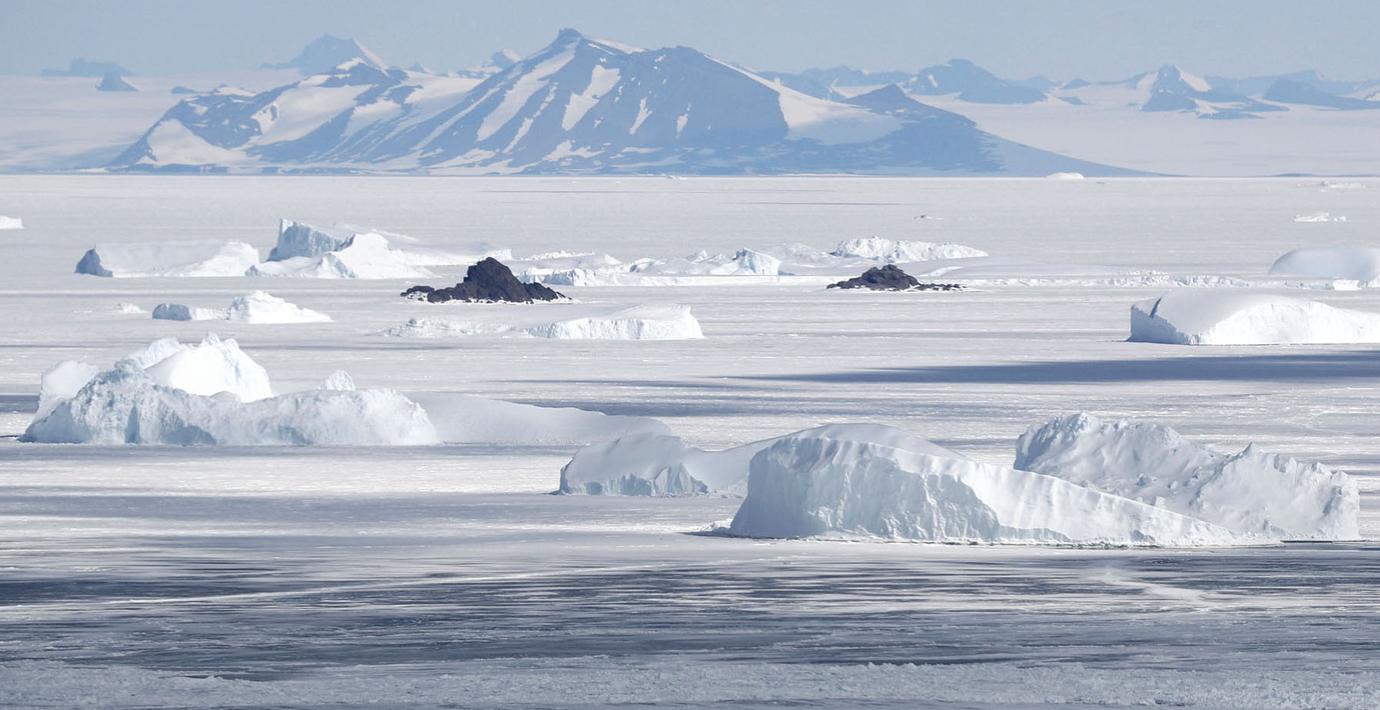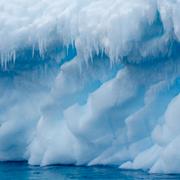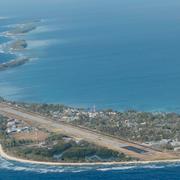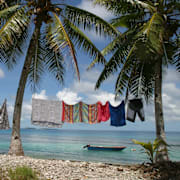
Larmet: ”Vattenfall” under Antarktis yta saktar ner
Världens största vattenfall, som återfinns under ytan i Antarktis, saktar ner snabbare än förväntat. Det skriver tre forskare i The Conversation. Strömmen består av flera tusen miljarder ton vatten som rinner ner i världshavens djup och fördelar värme och koldioxid över världen.
När havsströmmen nu saktar ner kan det få stora konsekvenser för världens klimat, havsvattennivåer och det marina livet, enligt forskarna. Även syrenivåerna långt ner i haven påverkas av förändringen.
Enligt mätningar bedöms strömmen ha saktat ner med 30 procent, vilket är en betydligt snabbare förändring än tidigare prognoser.
bakgrund
Antarctic Circumpolar Current
Wikipedia (en)
The Antarctic Circumpolar Current (ACC) is an ocean current that flows clockwise (as seen from the South Pole) from west to east around Antarctica. An alternative name for the ACC is the West Wind Drift. The ACC is the dominant circulation feature of the Southern Ocean and has a mean transport estimated at 100–150 Sverdrups (Sv, million m3/s), or possibly even higher, making it the largest ocean current. The current is circumpolar due to the lack of any landmass connecting with Antarctica and this keeps warm ocean waters away from Antarctica, enabling that continent to maintain its huge ice sheet.
Associated with the Circumpolar Current is the Antarctic Convergence, where the cold Antarctic waters meet the warmer waters of the subantarctic, creating a zone of upwelling nutrients. These nurture high levels of phytoplankton with associated copepods and krill, and resultant food chains supporting fish, whales, seals, penguins, albatrosses, and a wealth of other species.
The ACC has been known to sailors for centuries; it greatly speeds up any travel from west to east, but makes sailing extremely difficult from east to west, although this is mostly due to the prevailing westerly winds. Jack London's story "Make Westing" and the circumstances preceding the mutiny on the Bounty poignantly illustrate the difficulty it caused for mariners seeking to round Cape Horn westbound on the clipper ship route from New York to California. The eastbound clipper route, which is the fastest sailing route around the world, follows the ACC around three continental capes – Cape Agulhas (Africa), South East Cape (Australia), and Cape Horn (South America).
The current creates the Ross and Weddell gyres.
Omni är politiskt obundna och oberoende. Vi strävar efter att ge fler perspektiv på nyheterna. Har du frågor eller synpunkter kring vår rapportering? Kontakta redaktionen



